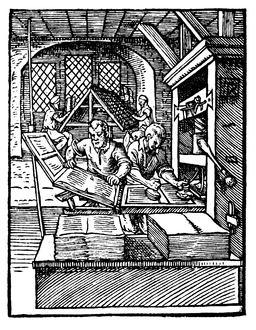Peter Krautzberger
MathML forges on
The standard for mathematical content in publishing work flows, technical writing, and math software
20 years into the web, math and science are still second class citizens on the web. While MathML is part of HTML 5, its adoption has seen ups and downs but if you look closely you can see there is more light than shadow and a great opportunity to revolutionize educational, scientific and technical communication.
Somebody once compared the first 20 years of the web to the first 100 years of the printing press. It has become my favorite perspective when thinking about web standards, the web platform and in particular browser development. 100 years after Gutenberg the novel had yet to be invented, typesetting quality was crude at best and the main products were illegally copied pamphlets. Still, the printing press had revolutionized communication and enabled social change on a massive scale.
In the near future, all our current web technology will look like Gutenberg’s original press sitting next to an offset digital printing machine.
With faster and faster release cycles it is sometimes hard to keep in mind what is important in the long run—enabling and revolutionizing human communication.
Since I joined the MathJax team in 2012, I have gained many new perspectives on MathML, the web standard for display of mathematical content, and its role in making scientific content a first class citizen on the web. But it is rather useless to talk about MathML’s potential without knowing about the state of MathML on the web. So let’s tackle that in this post.

